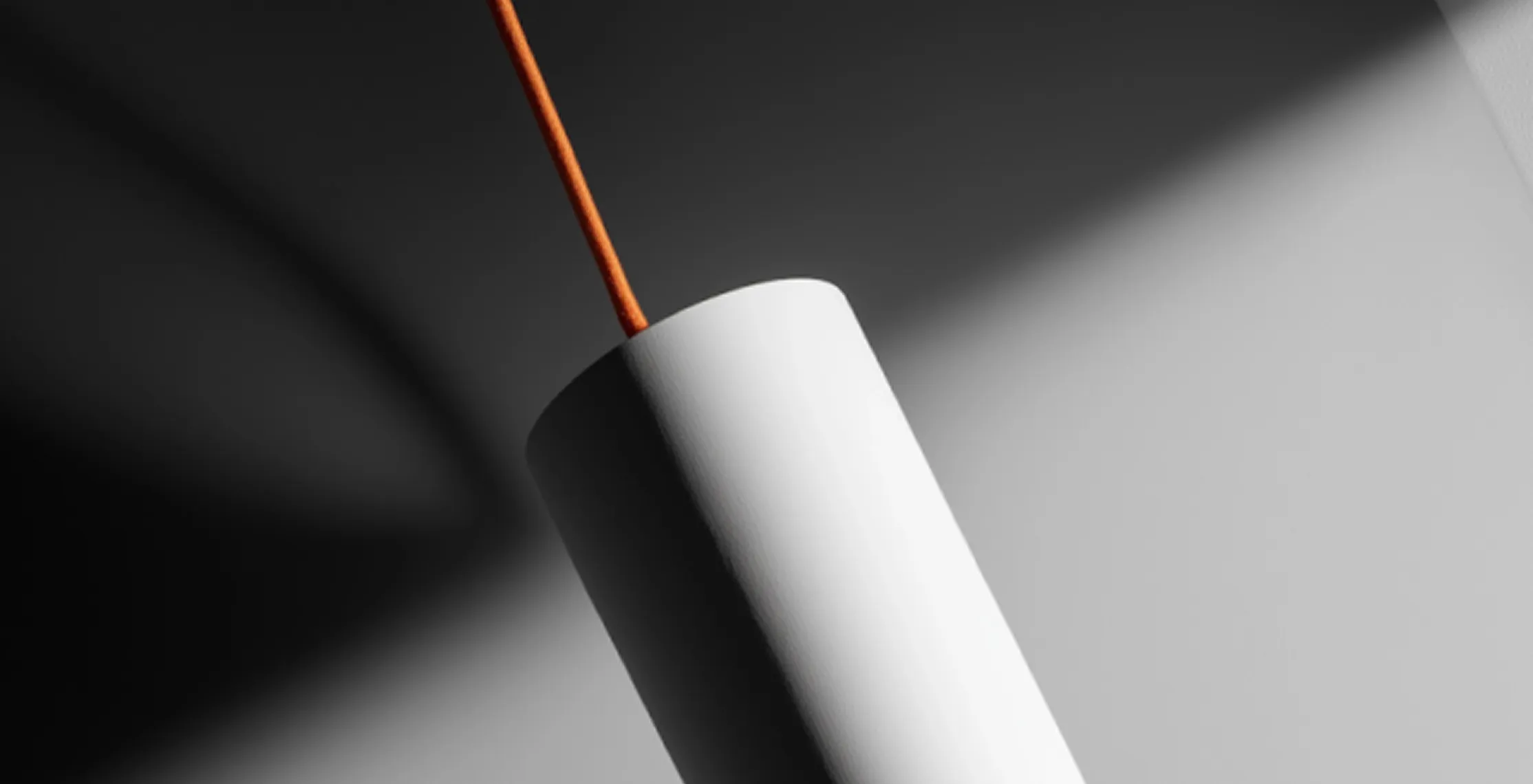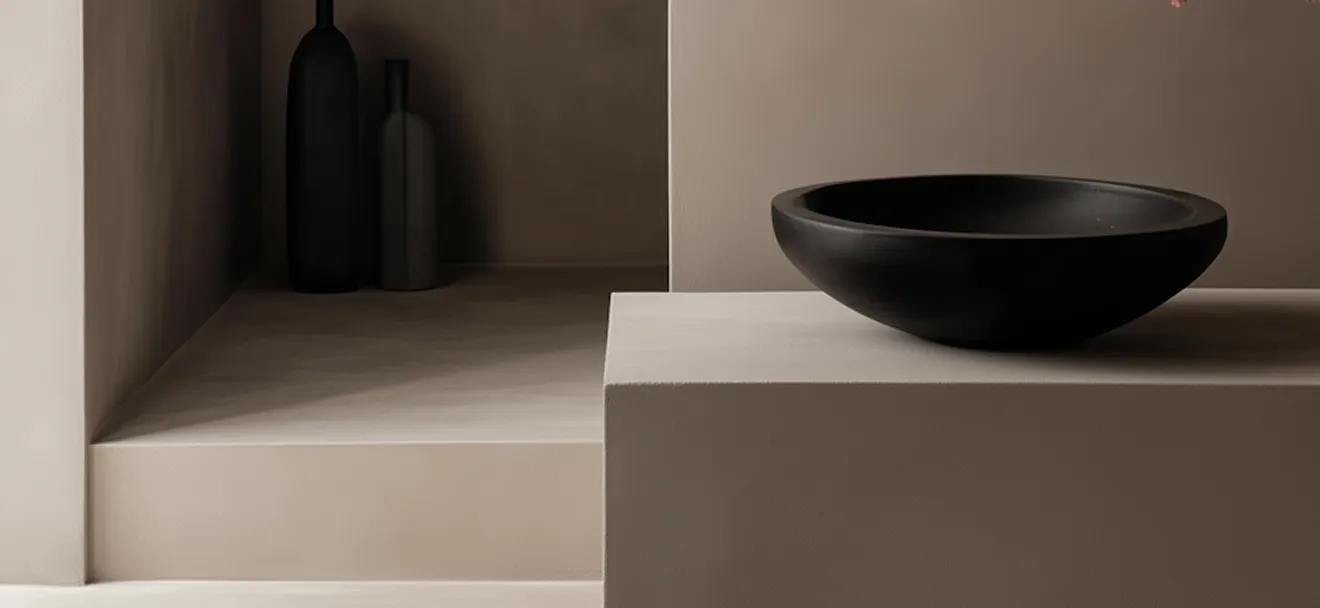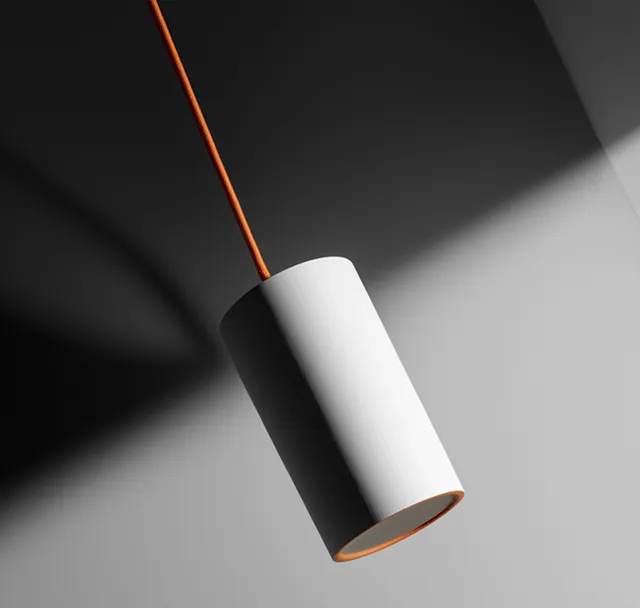
Introduction
When we think about great UX, we often picture big, bold ideas seamless flows, clean interfaces, and smart navigation. But the truth is, it's the tiny details that often leave the biggest impression. In this post, we’ll explore how subtle design elements from button states to microcopy can dramatically improve user satisfaction and trust. Great UX is frequently associated with big, audacious concepts like smooth flows, clear interfaces, and astute navigation. In actuality, though, the smallest things can make the biggest effect.
Micro-interactions: Making Every Click Feel Human
Micro-interactions are the subtle, often subconscious design elements that bring interfaces to life. Think of the satisfying bounce when a button is pressed, the gentle slide of a toggle switch, or the checkmark that confirms a successful task. They may be small, but they carry a lot of weight in creating emotional engagement. Let users know something happened (e.g., a button press triggered an action). Show progress or transitions (e.g., a loader turning into a checkmark). Add delight, playfulness, or a sense of polish to your product.
Consistent Spacing & Alignment
You might not notice perfect spacing and alignment — and that’s the point. When done well, it creates a sense of balance, clarity, and professionalism. But when it’s off, even by a few pixels, users feel it instantly. Things seem cluttered, confusing, or just off. Consistency in spacing and alignment forms the structural foundation of good UX/UI design. It improves readability, focuses user attention, and makes interfaces feel more intuitive.

Hover States & Transitions
Hover states and transitions are small, often-overlooked details — but they play a huge role in creating intuitive, delightful digital experiences. These interactions are your interface’s way of saying: “Yes, this is clickable” or “You’re on the right path. When designed well, hover states and transitions add polish, guide user behavior, and create a sense of flow. When ignored, interfaces can feel static, uncertain, or frustrating.
Conclusion
Design is emotional. The small, often overlooked details are what make an experience feel intuitive, smooth, and delightful. As designers, we must sweat the small stuff — because users might not notice what you did, but they’ll definitely feel it. When we think about great UX, we often picture big, bold ideas — seamless flows, clean interfaces, and smart navigation. But the truth is, it's the tiny details that often leave the biggest impression. In this post, we’ll explore how subtle design elements — from button states to microcopy — can dramatically improve user satisfaction and trust.






